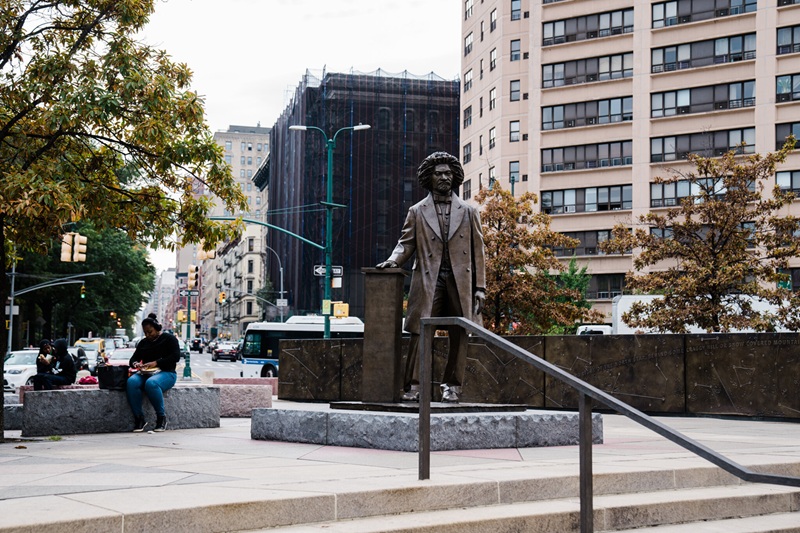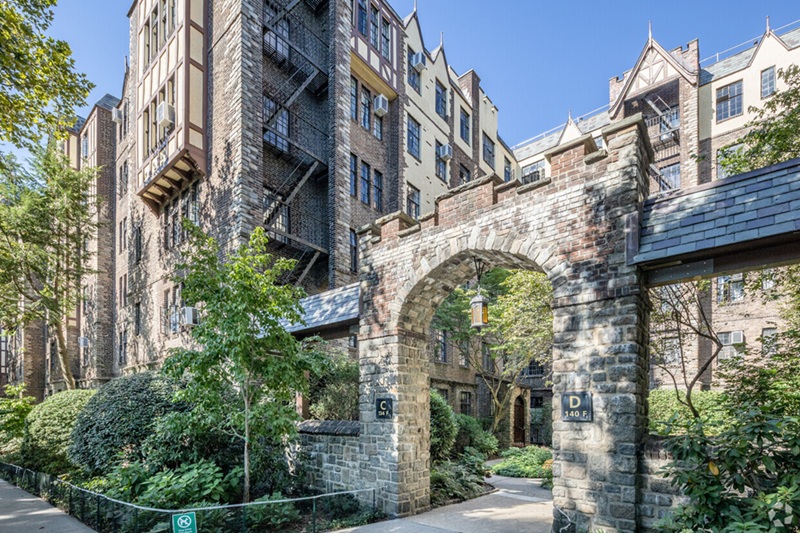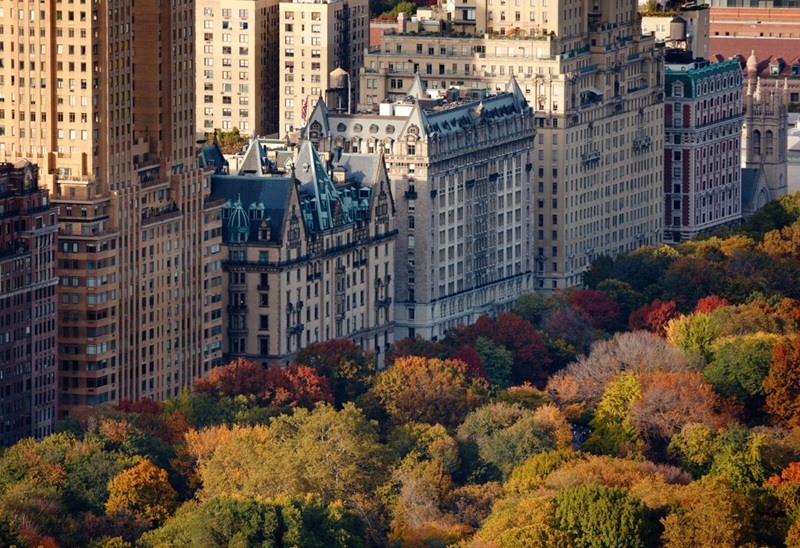
Located on the Upper West Side of Manhattan, Manhattan Valley is a relatively small yet charming neighborhood that offers a unique blend of old-world character, modern development, and easy access to the city’s cultural and recreational offerings. Nestled between the more well-known areas of Harlem to the north and the Upper West Side to the south, Manhattan Valley is a neighborhood that is often overlooked by visitors, but is increasingly being recognized for its distinctive appeal.
A Brief History of Manhattan Valley
The history of Manhattan Valley dates back to the early 19th century when the area was farmland and farmland surrounding the growing city of New York. It was once known as “The Valley” due to its location between the Manhattan and Harlem Rivers, and its sloping terrain gave it a somewhat isolated feel compared to the rest of the city. In the mid-1800s, the area began to develop with the construction of housing and infrastructure to accommodate the growing population of New York.
By the late 19th and early 20th centuries, Manhattan Valley became a working-class neighborhood, populated by waves of immigrants, including Germans, Italians, and Jews. The neighborhood’s early housing stock was primarily made up of row houses and tenements, reflecting the dense urban development of the era.
In the 1920s and ’30s, the area saw significant changes, including the rise of public housing projects such as the Manhattanville Houses and the construction of large apartment buildings. As the city grew and gentrified in the late 20th and early 21st centuries, Manhattan Valley began to experience an increase in development, and with it, the gradual shift toward a more diverse and modern neighborhood.
Location and Boundaries
Manhattan Valley is bounded by West 110th Street to the north, West 96th Street to the south, Central Park West to the east, and the Hudson River to the west. Its central location on the Upper West Side provides residents with easy access to the amenities and attractions of the broader neighborhood, while offering a quieter, less congested atmosphere.
It is adjacent to Columbia University and the Manhattanville neighborhood, making it a popular spot for university students, faculty, and staff. Additionally, the neighborhood is in close proximity to major cultural institutions like the American Museum of Natural History, Lincoln Center, and the Cathedral of St. John the Divine.
Architecture and Housing
Manhattan Valley’s architectural landscape is a reflection of its history, with a mix of older buildings and newer developments. The area has seen a wave of gentrification in recent years, leading to the revitalization of some of its historic structures and the construction of modern luxury buildings.
The streets are lined with a mix of pre-war brownstones, row houses, and tenement buildings, some of which have been updated and restored to preserve their historical charm. At the same time, newer residential complexes have been built, offering more contemporary amenities, including doorman services, gyms, and rooftop terraces with views of Central Park and the skyline.
This blend of old and new creates an eclectic and dynamic atmosphere in the neighborhood, with a strong sense of community among longtime residents and newcomers alike. Many of the buildings are located on quiet, tree-lined streets, giving Manhattan Valley a more residential and serene feel compared to the hustle and bustle of other parts of the Upper West Side.
Community and Demographics
Manhattan Valley is a diverse and growing community, with a population that reflects the cultural melting pot of New York City. The neighborhood is home to a mix of families, young professionals, students, and long-term residents. It has become increasingly popular with people who want to experience a quieter, more affordable part of Manhattan while still being close to the action.
In recent years, the neighborhood has seen an influx of younger residents, many of whom are drawn to the area’s more affordable housing options compared to the nearby Upper West Side and other high-demand neighborhoods. At the same time, there is a strong presence of long-time residents who have called Manhattan Valley home for decades, contributing to the neighborhood’s sense of continuity and community.
Parks and Recreation
While Manhattan Valley is not as park-centric as some other parts of Manhattan, it still offers several green spaces for residents to enjoy.
- Central Park: To the east of the neighborhood, Central Park is one of the biggest draws for residents and visitors. The park offers a vast array of recreational opportunities, from jogging and biking to picnicking and boating on the lake. Its proximity makes Manhattan Valley a prime location for those who want to be near this iconic green space without paying the premium rents found in other areas around the park.
- Morningside Park: Just a few blocks to the north, Morningside Park is a local favorite. This park offers a peaceful escape with walking paths, sports facilities, and a pond, all nestled in a lovely hillside setting. It’s also home to community events and is an important social gathering place for the area’s residents.
- Riverside Park: To the west, along the Hudson River, Riverside Park provides a scenic waterfront park with jogging paths, playgrounds, and areas for relaxation. With its bike paths and stunning views of the river and New Jersey, it is a popular spot for outdoor activities.
Dining and Shopping
Though Manhattan Valley doesn’t boast the same extensive array of dining and shopping options as the Upper West Side, it is home to several neighborhood favorites that offer a taste of local culture and culinary diversity.
- Local Restaurants: The neighborhood is dotted with cozy cafes, affordable eateries, and ethnic restaurants, many of which offer cuisines ranging from Italian to Caribbean to classic American comfort food. The Mexican restaurant, El Paso, and Mel’s Burger Bar are local favorites that regularly attract patrons from nearby neighborhoods.
- Retail Options: While there aren’t as many upscale shops as in other parts of the Upper West Side, the area is home to several local shops and small businesses, making it convenient for residents to pick up everyday necessities. Nearby shopping hubs, like those on Columbus Avenue or Broadway, offer more expansive retail options.
Transportation
One of the key advantages of living in Manhattan Valley is its access to public transportation. The neighborhood is well-served by the 1 train, which stops at several stations along Broadway, including 96th Street and 103rd Street, providing quick access to the rest of the city. The area is also close to bus routes and is within walking distance of the A, B, C, D trains, making commuting to Midtown and other parts of Manhattan easy and convenient.
Conclusion
Manhattan Valley offers a rare combination of history, tranquility, and proximity to the best of New York City. With its unique blend of old-world charm and new developments, it stands as a neighborhood that is not only rich in culture and community but also poised for continued growth. For those seeking an affordable and peaceful alternative to the more crowded Upper West Side, Manhattan Valley is becoming an increasingly attractive choice for both residents and visitors alike.

